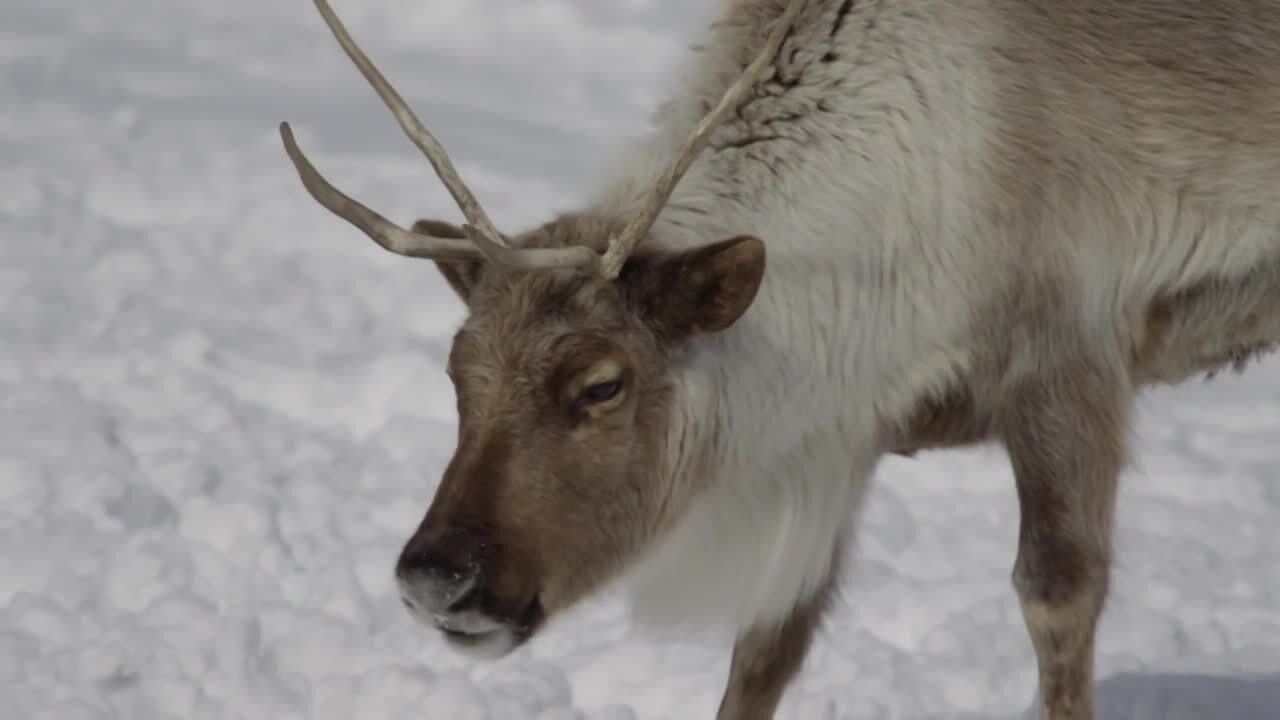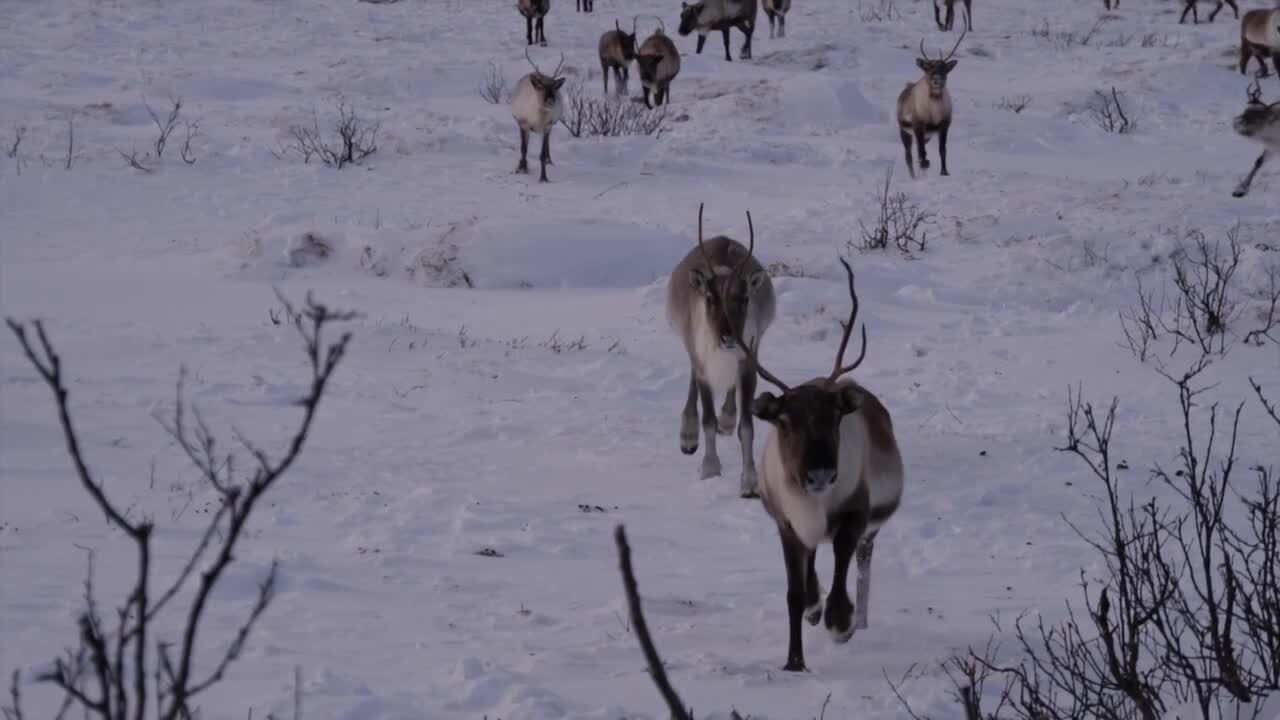MISSOULA — Rudolph's nose may help light up the night for Santa to see, but real arctic reindeer have their own special way to see in the dark.
The holidays are here, and we have been hearing and seeing plenty of pictures, ornaments and songs of Rudolph the Red Nosed Reindeer.
But how well do you really know this northern deer species?
This week let’s bundle up and head north to check out an eye-catching adaptation these brilliant creatures have.
Reindeer — or in the biological world caribou — don’t live as high up as the North Pole but they do live in the Arctic.

Living this far north means the sun acts much differently than most people are used to.
Reindeer living in the Arctic experience two months in winter in complete darkness and two months in summer when the sun never goes down.
During the winter months, reindeer eyes change to a deep rich blue color and in the summer months, it’s a vibrant gold.
This color change not only looks cool it actually helps them see.
The deep blue color that appears in the winter helps spread light across their eyes allowing them to see better in the dark.
This happens because their eyes get swollen from being dilated for so long and change the structures in their eye.

While the golden color change, like most deer, is used to reflect light.
According to the Royal Society, this is the first recorded instance of this structure in the eye — known as the tapetum lucidum — to have a seasonal change in a mammal.
But it’s not just the eyes that have neat adaptations.
In order to keep up with the cold their noses actually warm the air as they breathe in, so their lungs don’t freeze.
Additionally, and unlike most deer species, both boys and girls have antlers.
Although extremely rare — and one hasn't been seen in years — woodland caribou are native to Montana.



